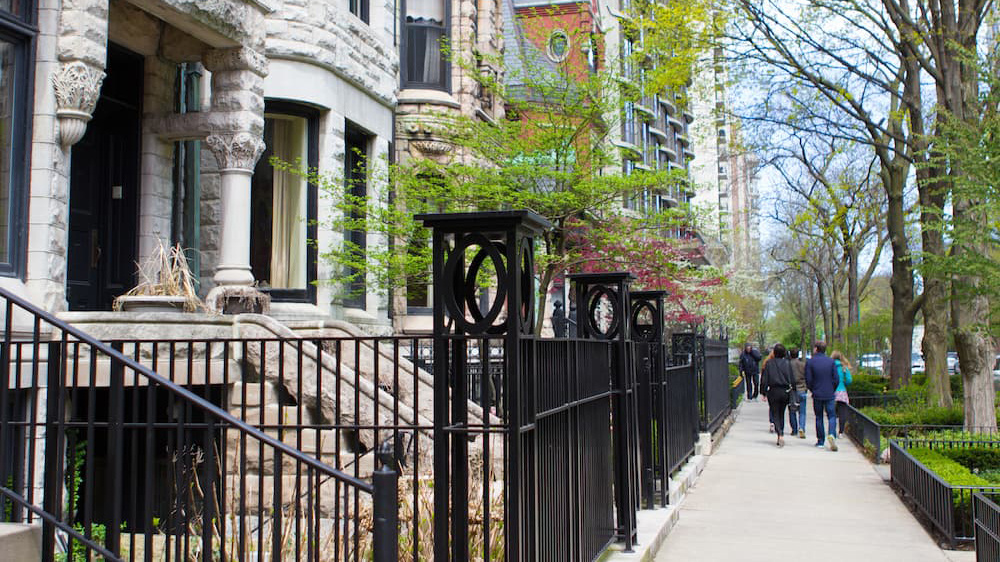There’s power beneath your feet. Right now, steady heat moves quietly through the ground beneath Chicago, waiting to be used. In West Woodlawn, a South Side neighborhood rich in history and pride, that heat is being tapped to create something bigger than a new energy system. It’s becoming the foundation of a new way of living, one designed to keep resources local, lower bills, and turn everyday blocks into models for how a city can work smarter.
Blacks in Green, a nonprofit based in the neighborhood, has taken the lead on this $10.8 million plan. They’re not just installing pipes and pumps; they’re building a system that keeps energy costs down, creates jobs, and makes people less dependent on outdated infrastructure. The concept isn’t complicated. Below the surface, the ground holds a constant temperature of about 55 degrees. By running pipes deep underground and circulating fluid through them, that heat can be pulled up to warm buildings in winter and pushed back down to cool them in summer.
![MŌS Ad [E]](https://5794764.fs1.hubspotusercontent-na1.net/hubfs/5794764/M%C5%8CS%20Ad%20%5BE%5D.jpg)
It may sound high-tech, but in truth, it’s practical. Once these systems are in place, they tend to last. And unlike solar or wind power, geothermal energy doesn’t wait on the right weather. The earth provides a stable source of heat, day in and day out. For a city like Chicago, where winters are unforgiving and summers come with heavy air conditioning costs, the ability to rely on consistent underground temperatures could make a difference, not just for a few buildings, but for entire neighborhoods.
If you’ve ever paid a gas bill during a January cold snap, you know how unpredictable energy costs can be. What Blacks in Green is working toward is not just more predictable bills, but smaller ones. Early studies from similar projects suggest that households could see their total heating and cooling costs drop by as much as 30%. That’s money staying in the neighborhood instead of flowing out to energy companies. And thanks to federal funding, those participating in the pilot program won’t have to cover the upfront installation costs, making it easier for people to say yes.
But this isn’t just about equipment or savings. It’s about ownership. The vision for West Woodlawn includes what founder Naomi Davis calls a “Sustainable Square Mile,” where people live, work, shop, and learn within walking distance. Energy is part of that vision. If you control how your block is powered, you control more than just your thermostat. You create jobs for the people living next door. You keep dollars circulating locally. You turn infrastructure into opportunity.

Neighborhood geothermal may not yet be as common as solar panels or wind turbines, but its potential is hard to ignore. What works on one block can be replicated across the city and even the country. The same skills that have kept traditional utilities running, like installing pipes and maintaining networks, are the same ones needed to grow this system, opening doors for workers who already know the trade.
For those of you watching from other parts of Chicago or from cities facing similar challenges, this is more than a story of one neighborhood. It’s a strategy worth understanding. It’s a way of thinking about what’s beneath us as much as what’s around us. It asks a simple question: why keep depending on systems that take from a community, when you can build one that gives back?
If you’re wondering what role you might play in something like this, start close to home. Look into how your own block gets its power. Pay attention to projects like this one. Ask how local businesses and homes can benefit from smarter energy use. Support leaders who are pushing for policies that keep clean energy projects moving forward, especially when they’re community-led.
A future where neighborhoods power themselves isn’t far off. In West Woodlawn, it’s already begun.


